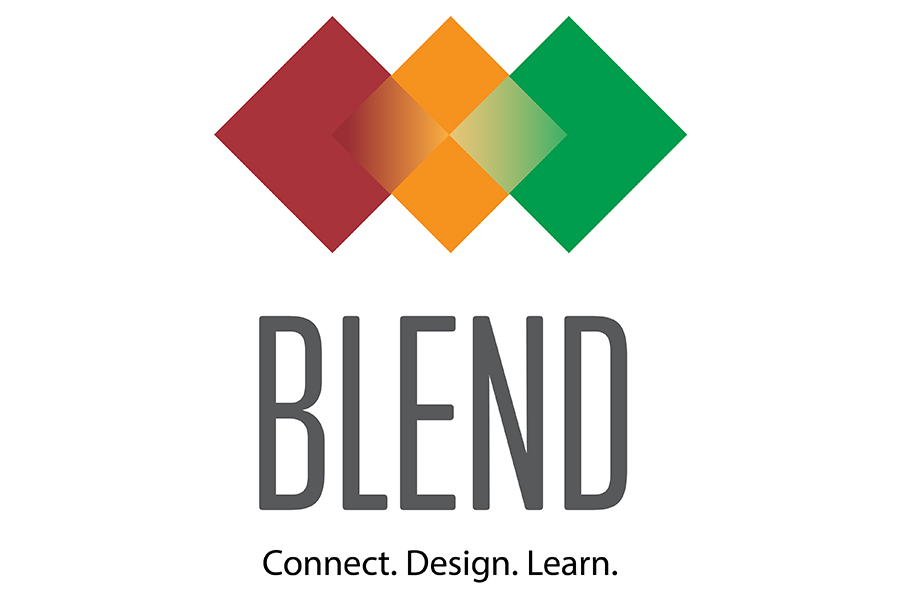Austin ISD introduces new online classroom connection tool
August 14, 2017
Although the term “Learning Management System” may seem like some kind of foreign educationese, it actually describes services like Google Classroom or Schoology that are becoming increasingly common in schools all over the country.
And soon, Austin ISD will have its own system called BLEND available to all schools starting in August. Akins teachers are currently being trained to use the system. However, administrators in the district’s Technology Integration o ce say that this system will do much more than the typical LMS, and that’s why they are calling it a Learning Positioning System.
BLEND is adapted from LMS Canvas, which is commonly used at universities. BLEND goes beyond the typical LMS, however, said Erin Bown-Anderson, AISD director of Technology Integration.
“The idea of an LPS is taking that same idea of an LMS, but really kind of pushing it forward to say, ‘How is using the system going to give us more information about where we are learning and how to get where we want to go?” Bown-Anderson said.
BLEND gives students access to a calendar of their assignments for every class, a gradebook integrated with TEAMS, and allows teachers to design assignments in new ways that allows them to aid student learning more effectively. English teacher Alan Brooks said that the inclusion of a district license for TurItIn.com, a program that runs analytics for and checks for plagiarism in student work, and the TEAMS integration will be very helpful in his class.
“With the gradebook tie-in and Turnitin, I’ll be using BLEND next year for sure,” Brooks said.
Anderson High School and its vertical team piloted both Canvas and BLEND schoolwide. The students and staff at these schools used the program and provided feedback to ensure that BLEND was without major errors before it went to the entire district. Junior Isabel Leggett, who uses Canvas for OnRamps Pre Calculus and English, said she had found a few problems with the software.
“It times you out after a certain amount of time, even if you’re still using it,” Leggett said. “It gets annoying.”
Bown-Anderson said that she expects there to be some obstacles in students and teachers adapting to the new software. She said that students are likely to pick it up more easily than teachers, and from there students can act as ambassadors to help teachers with the program.
“I think part of the beauty of it is that we don’t know all the ways that teachers and students are going to innovate within the system,” Bown-Anderson said. “We’re actually counting on the fact that our students and our teachers are really incredible and they’re going to discover ways of using it that we haven’t even imagined.”







